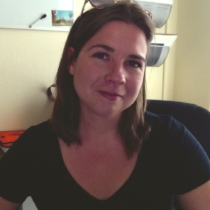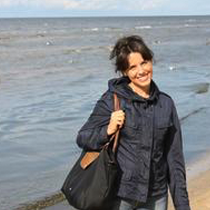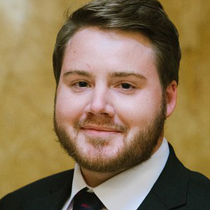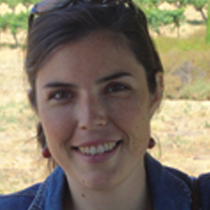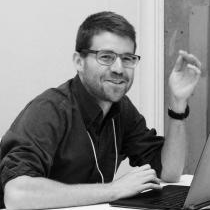Project Awarded: $30,000
Our conscious subjective experience is marked by a vivid internal milieu of sensations, thoughts, and emotions. Despite this rich subjective experience, many aspects of behavior and cognition appear to be able to proceed in an unconscious manner, which raises an important question: what, if any, are the functions of consciousness? In this proposal, we have two primary aims: 1) to investigate the causal role of conscious awareness in action initiation via psychophysical and computational modeling, and 2) to identify the neural substrates of consciousness and their role in action initiation using fMRI. Conventional approaches to studying the functions of consciousness suffer from two primary deficits. First, they conflate differences in consciousness with differences in unconscious perceptual processing (e.g., experiments which compare “seen” and “unseen” trials without considering differences in performance). Second, they also impose a structure on the observer’s perceptual decision-making process which obscures one important role consciousness may play: that of guiding adaptive, voluntary behavior. In this proposal, we have designed a novel behavioral paradigm that explicitly targets the role of consciousness in action initiation while controlling for these two confounds. Specifically, we have designed a psychophysical task which produces matched objective performance across two conditions, but differences in the subject degree of certainty in what has been seen (i.e., conscious experience). Moreover, by incorporating a continuous, free-response version of this psychophysical paradigm, we can explore the degree to which confidence judgements track action initiation in a more ecologically valid environment. We hypothesize that conscious awareness of a stimulus supports voluntary responding to that stimulus. That is, despite matching objective performance capacity between conditions in our psychophysical task, we expect that conditions with greater degrees of subject confidence will lead to more frequent and more accurate voluntary detection behavior. Additionally, we will combine our psychophysical task with state of the art computational and neuroimaging methods to not only quantify how confidence links to voluntary behavior, but identify the neural correlates of how subjective experiences facilitate goal-directed interactions with the external environment. Our novel, interdisciplinary approach holds tremendous promise to yield unique insights about how consciousness subserves our capacity to interact with a dynamic, changing world.
Brian Maniscalco, PhD. Postdoctoral researcher, Department of Bioengineering, University of California Riverside
Jorge Morales, PhD. Postdoctoral researcher, Psychological and Brain Sciences Department, Johns Hopkins University
Brian Odegaard, PhD. Postdoctoral researcher, Department of Psychology, University of California Los Angeles











